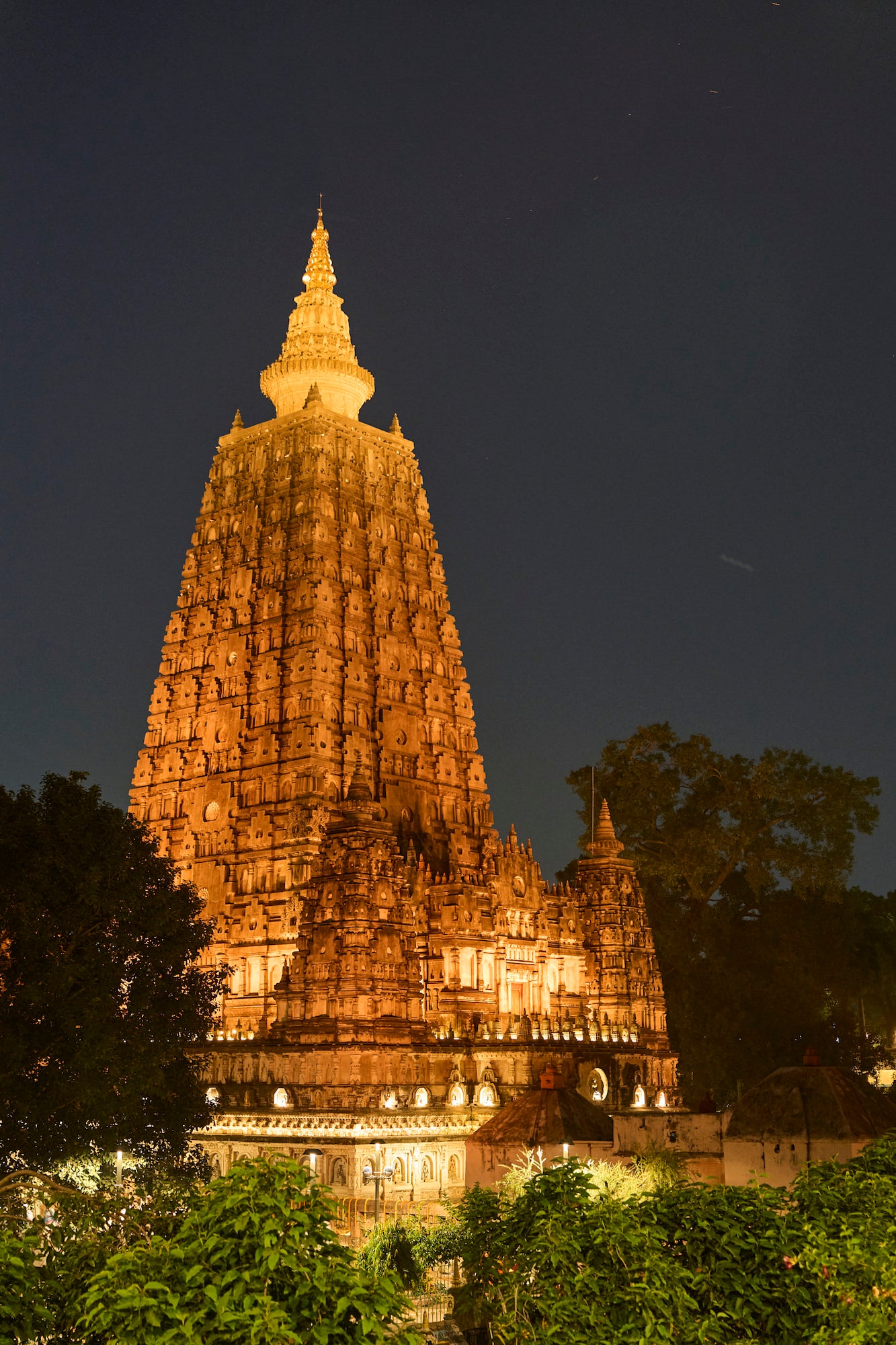When cultural documentary photographer and National Geographic veteran Ira Block travels, he likes to capture the locations he visits from various angles and perspectives, and if he can, at different times of day. On a recent trip to India, Block brought the Sony Alpha 7C II and a G Master II zoom lens trinity – the Sony 16-35mm f/2.8 G Master II, Sony 24-70mm f/2.8 G Master II and Sony 70-200mm f/2.8 G Master II. He already shared with us how he documented the local vibe using his Sony Alpha 7C II and Sony 16-35mm f/2.8 G Master II, and in this article we’ll dive deeper into an image he captured using the Sony Alpha 7C II paired with the Sony 24-70mm f/2.8 G Master II. Keep reading to see how he used the combination to capture an image of a well-known temple handheld in low light.
Ira Block explains how he used Burst Shooting on the Sony Alpha 7C II with the Sony 24-70mm f/2.8 G Master II to capture a handheld image of a holy site in India.
A Special Location
With this image, Block takes us to a place called Bodh Gaya, considered one of the holiest sites in Buddhism and said to be where Buddha became enlightened. “I flew down for a couple of days from Delhi, because I'm interested in Buddhism,” explains Block. “I photograph a lot, because I've worked so much in Southeast Asia, so I have quite an extensive collection of Buddhist pictures. I thought this was a special place and wanted to go. I wasn’t even sure if they allowed cameras but I still wanted to go. When I got there, they allowed you to bring in a camera for a small fee, but they wouldn’t allow any cell phones or tripods.”

Photo by Ira Block. Sony Alpha 7C II. Sony 24-70mm f/2.8 G Master II. 1/10-sec., f/2.8, ISO 3200
Using Burst Shooting For A Low-Light Handheld Image
Block had his Sony Alpha 7C II paired with his Sony 24-70mm f/2.8 G Master II and was photographing during the day, but really wanted to wait for the Mahabodhi Temple Complex to light up to get the shot. The Temple is a UNESCO World Heritage Site and it was a photo that he didn’t want to leave without. “For me it was an important picture to get,” he says. “I photographed the temple during the daytime, but I was waiting for it to light up. Anything lit up at night always has a more regal glow to it.”
Since he couldn’t have his tripod with him, Block had to shoot handheld. In order to decrease the vibration when shooting such a low light image, he uses this little trick. “I'll have the camera on Burst Shooting and let it run for three or four frames. When you push down on the shutter, you tend to move the camera but if you push down and let it run in a burst, the images in the middle are the sharpest. The camera has settled down and you’ve settled down. It’s a little thing I learned a long time ago.”
He continues, “So I’m shooting basically handheld at 1/10-sec. and at ISO 3200, but I’ve blown this image and looked at it, and it’s really held up. It looks completely fine on this camera and it’s not something I’m afraid to go to using the Sony Alpha 7C II when I need to. Even the dynamic range in the image is good.”
A Standard Walkaround Range
Block says he likes to use the Sony 24-70mm f/2.8 G Master II as his standard walkaround lens. “It's a length that I like. I use the others if I need a special effect or compression or reach from a telephoto zoom. Or I’ll use the 16-35mm if I know I'm getting in close with people and I want a wider shot to show the environment. So I came into the temple with one camera and one lens, and shot this at 47mm, almost right in the middle of the range.”
Stay tuned to Alpha Universe for more Behind The Shot articles featuring Block and his cultural documentary photography. See more of his work on Instagram @irablockphoto.



